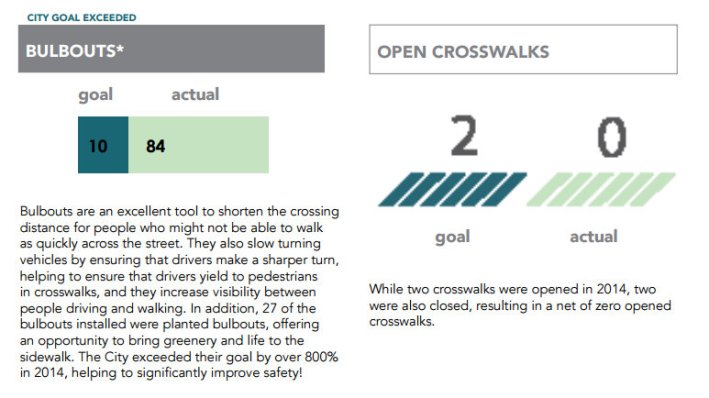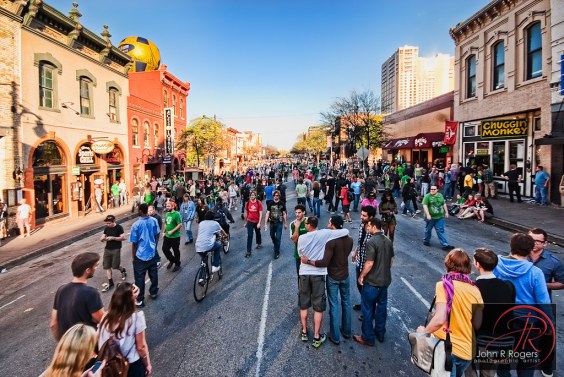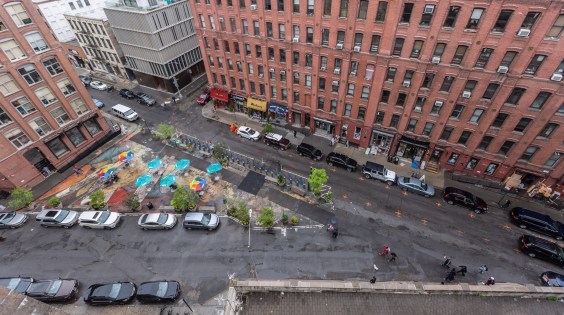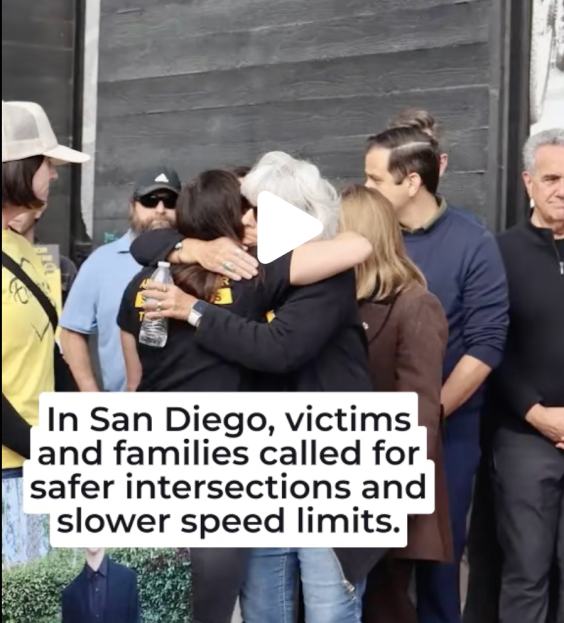
Walk SF today released its second annual Street Score Report Card [PDF], which it bills as the "only comprehensive review of the City’s progress towards improving pedestrian safety and walkability." The report is the first thorough attempt to assess how well the city has followed through on the mayor's 2013 Pedestrian Strategy.
SF agencies' progress remained subpar on many of Walk SF's nearly 40 metrics, though the city did exceed its goals in a few key areas, such as the installation of bulb-outs.
The report tracks progress in six categories: Reducing injuries, installing engineering upgrades, focusing enforcement on the most dangerous traffic violations, delivering education campaigns, adopting local and state legislation to enable safety measures, and reporting progress data to the public.
"We can’t measure what we don’t count," said Walk SF Executive Director Nicole Ferrara in a statement. And by the most important measure -- fatal and serious injuries sustained in traffic -- SF didn't hit its mark.
Last year, 96 people were killed or suffered severe injuries on SF streets, higher than the goal of 82 laid out in the Pedestrian Strategy. Walk SF also notes that the share of pedestrian deaths involving seniors was higher than the city's target.
On key implementation metrics, the city is outperforming its goals, but that is partly due to some of the low bars set in the Pedestrian Strategy. SF installed 23 pedestrian refuge islands and 84 sidewalk bulbouts in 2014. The goal for each was 10.
As for police enforcement, all but one SFPD station has yet to meet the department's "Focus on the Five" goal of issuing at least 50 percent of traffic citations to the top five causes of pedestrian injuries -- all driver violations.
Walk SF notes:
Speeding is the top cause of traffic deaths in San Francisco. Despite the 77% increase in the number of citations given for speeding and failure to yield, the overall proportion of speeding citations actually declined from 2013 to 2014, while the proportion of citations for pedestrians more than doubled.
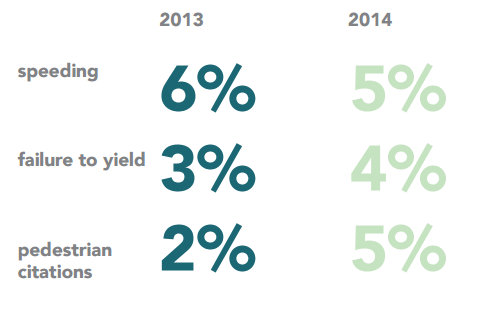
One area where SF is ahead of most other American cities is the collection and publication of traffic injury data to guide safety efforts. In 2013, the SF Department of Public Health and the City Controller's Office released the WalkFirst report identifying the city's most dangerous streets.
That data is SF's "secret weapon" against pedestrian injuries, City Controller analyst Chava Kronenberg said in a nationally-attended webinar yesterday. Kronenberg presented SFDPH's new website, TransBASE, "an innovative relational database management system designed to access, manage, and apply spatial data -- to inform solutions to transportation problems."
The Walk SF report notes that TransBASE is one of four websites launched by the city last year, including VisionZeroSF.org, which tracks progress on safe streets infrastructure projects.
Walk SF's first score card was issued on Walk to Work Day last year. The format was much simpler, with the organization issuing a C+ for overall progress toward Vision Zero, and a D+ in the subcategory of pedestrian safety.
At the same event, the SFMTA also announced a package of 24 Vision Zero projects for the next 24 months, though many of those projects were already planned. One year later, as the SF Examiner reported, 12 projects have been completed, but every one was delayed by months, and one on King Street was cancelled.
SFMTA officials have promised that reforms are underway to speed up implementation.
With new funding for street infrastructure, which Mayor Ed Lee hailed on Monday, Walk SF says now's the time for city agencies to implement "the strongest safety projects possible to ensure San Francisco meets its Vision Zero goals, to become the safest city for pedestrians in the U.S."
